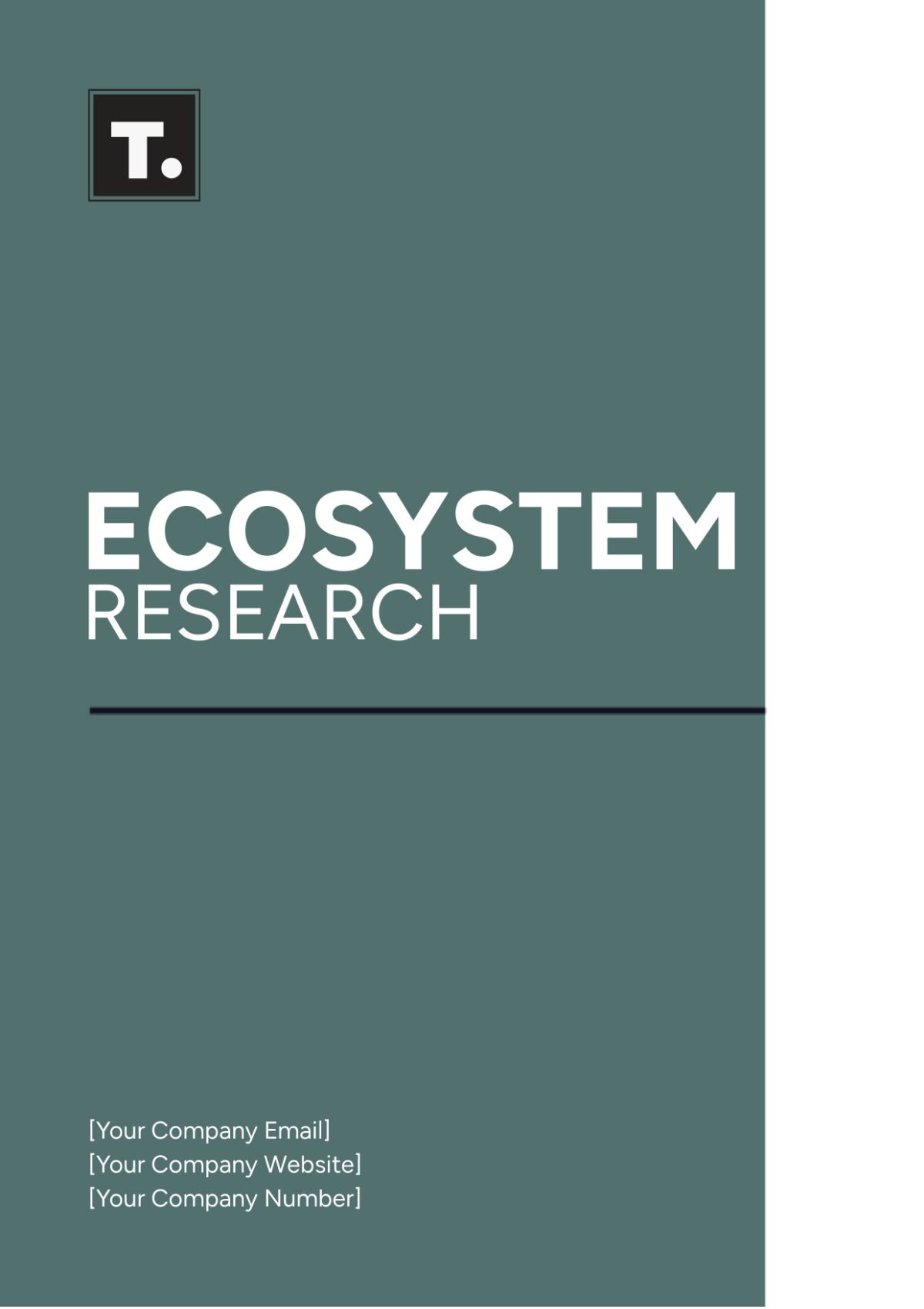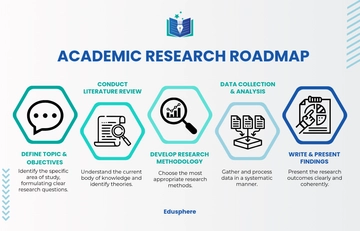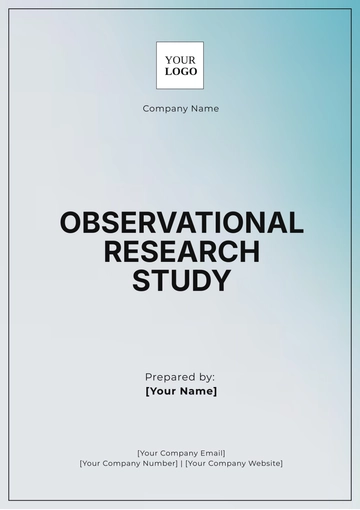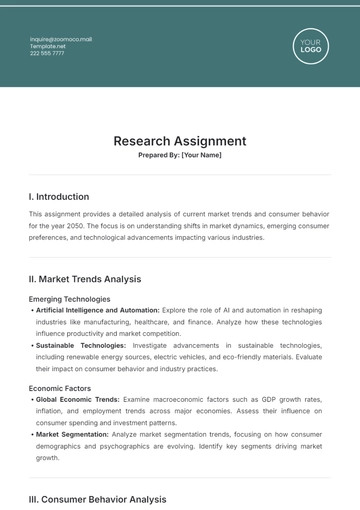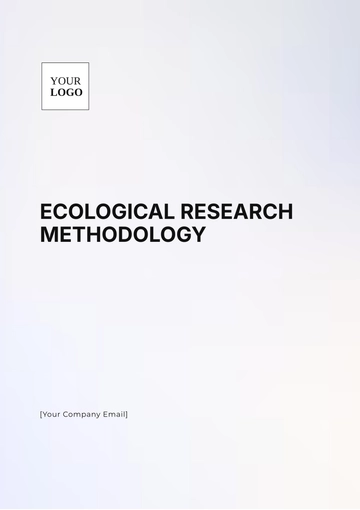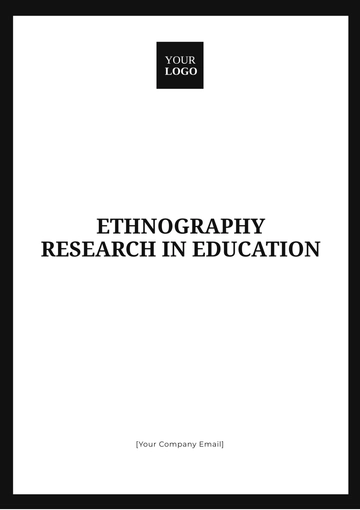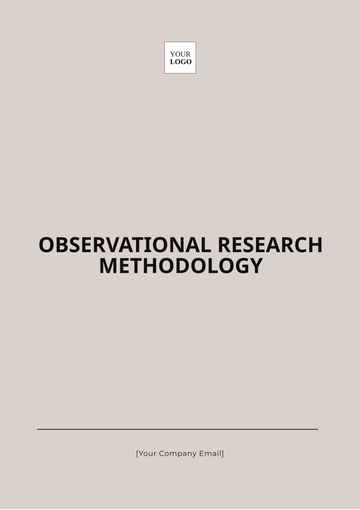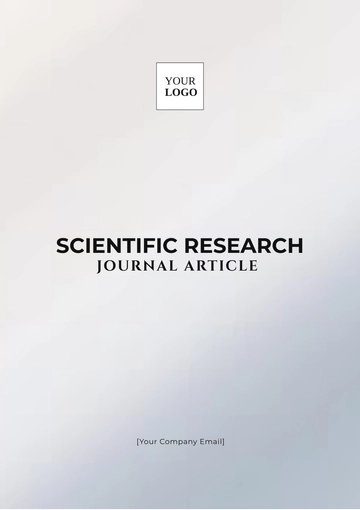Ecosystem Research
I. Introduction
A. Background
Ecosystems are complex networks consisting of living organisms and their physical environment, interacting as a system. These biological communities play vital roles in maintaining the balance of nature and supporting life through diverse interactions and energy flows.

B. Research Objective
The goal of this research is to analyze the structure, function, and diversity of different ecosystems to understand their crucial roles in the environment and how they can be effectively preserved.
II. Methodology
A. Data Collection
Comprehensive data were gathered through the following methods:
Field observations
Remote sensing technology
Published academic and scientific journals
Interviews with environmental experts
Data sharing from international environmental databases
B. Data Analysis
Data analysis was performed using software tools and models to simulate ecosystem interactions and changes under various environmental scenarios. This helped in predicting outcomes and formulating conservation strategies.
III. Ecosystem Components and Their Interactions
A. Biotic Components
Biotic components, as shown in the table below, include various species interacting within ecosystems:
Type | Species | Role | Examples |
|---|
Producers | Plants | Synthesize food via photosynthesis | Grasses, Trees |
Consumers | Animals | Consume plants or other animals | Deer, Wolves |
Decomposers | Fungi and bacteria | Decompose organic material | Mushrooms, Soil bacteria |
Pollinators | Insects | Help in plant reproduction | Bees, Butterflies |
Scavengers | Carrion feeders | Clean up dead matter | Vultures, Racoons |
B. Abiotic Components
Abiotic components include non-living elements that influence living organisms within ecosystems such as water, air, soil, and light. These elements help shape the habitat and affect survival and productivity.

IV. Current Threats and Conservation Strategies
A. Threats to Ecosystems
Climate change
Habitat destruction
Pollution
Invasive species
Overexploitation of resources
B. Conservation Strategies
Protected area management
Restorative projects
Community-based conservation plans
Legislation and policies enforcement
Global cooperation on transboundary conservation issues
V. Conclusion
The research demonstrates the intricacies and the pivotal role of ecosystems as well as the various challenges they face. Sustainable practices and policies are essential for the conservation of these complex natural systems.
VI. References
Environmental Protection Agency (EPA) - [YOUR COMPANY WEBSITE]
Journal of Ecosystem and Management
Global Environmental Facility (GEF) Reports
The Nature Conservancy
World Wildlife Fund (WWF) Data and Reports
To learn more about our environmental initiatives of [YOUR COMPANY NAME], contact [YOUR NAME] at [YOUR EMAIL] or visit our website at [YOUR COMPANY WEBSITE]. Join the conversation on our social media page, [YOUR COMPANY SOCIAL MEDIA].
Research Templates @ Template.net
